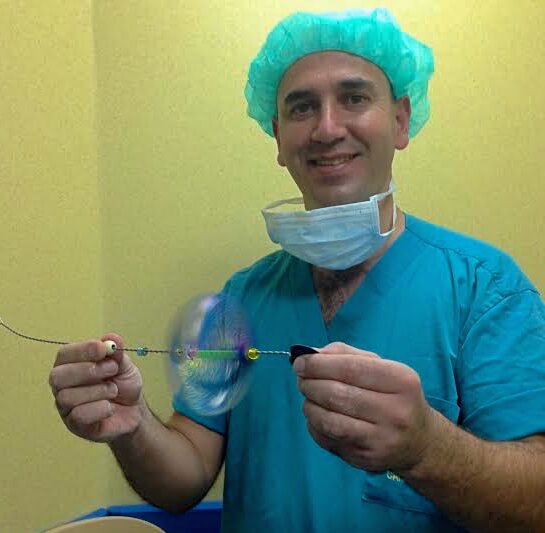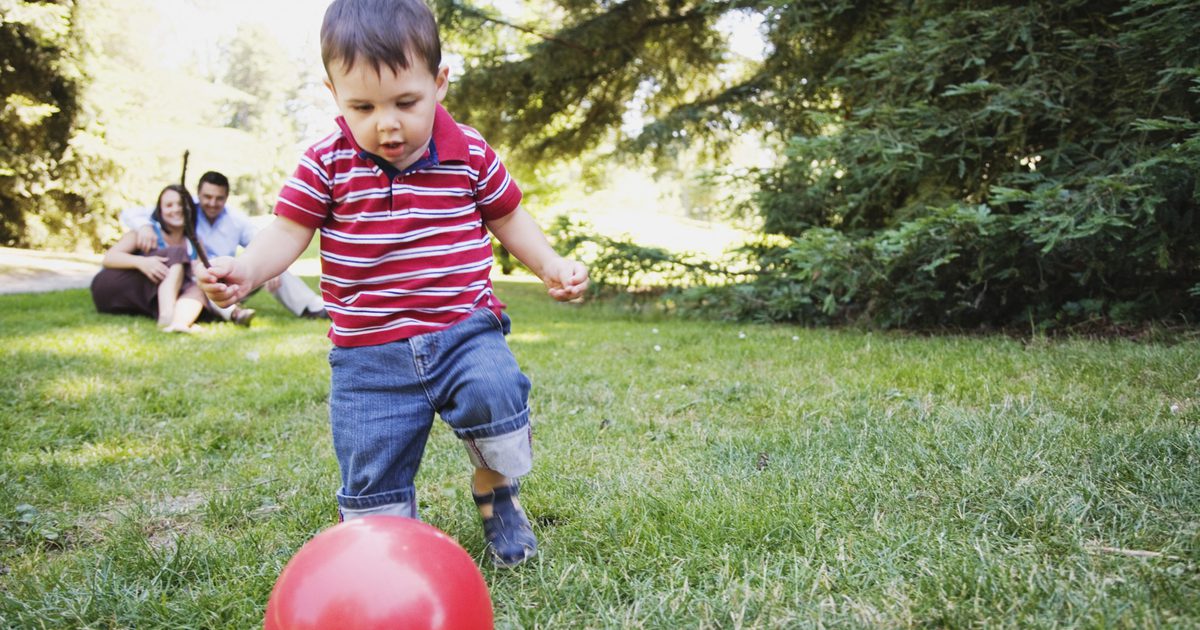“Doctors are never afraid”
A four-year-old boy told me this as he donned surgical gloves and gave his doll an injection. He was channeling the power of a healer to counterbalance the terror he faced on a daily basis as a pediatric oncology patient. His emphatic statement and the image of his determined demeanor as he sat bent over his patient made a profound impression on me that day. They are perfect examples of the therapeutic and empowering benefits of play for hospitalized children. For this child in particular, play was serious business.

Lev Vygotsky, a Russian psychologist who founded the theory of human cultural and bio-social development, observed that a child at play was often “a head taller than himself”. Simply put, a child functions at his best when immersed in play.
And play isn’t just about what children do – it is the primary way that they communicate. Play is a child’s language. Children won’t sit down and say, “I felt sad today and I think I’m anxious about the medical treatment I’m getting.” When children are playing, they act out scenarios and show us what they’re feeling.
The benefits of play reach beyond the child to assist medical personnel and influence the hospital’s bottom line. Any ER doc who has had to suture a preschooler knows that a calm child engaged in play is much less of a moving target than a distraught and frightened child who requires restraint. Doctors, radiology technologists, and child life specialists have teamed up to research the clinical benefits of play in the medical environment. Studies show that when children play with a miniature LEGO MRI ® in preparation for scans, they need less anesthesia and can tolerate staying still for longer periods of time. Play can actually change patient outcomes.
When a ten-year-old pediatric patient failed a respiratory exam, the doctor informed his parents that until he passed the test, the child could not be discharged. The physician posited that perhaps the child failed the test not because of poor pulmonary function but rather due to feeling unnerved when faced with a new piece of medical equipment. A child life specialist then worked with the boy to construct a toy “glove-a-phone” out of a cardboard tube, a medical glove, a section of clear medical tubing, tape, and a rubber band. When the child blew into the tubing, the glove inflated like a bagpipe causing an unexpectedly loud HONK. The patient blew into this device with ease, enjoying the effects it had on passers by as he was wheeled to the respiratory unit for another go at the respiratory exam. He passed the exam using the actual medical equipment and was discharged from the hospital within hours.
It is one thing to recognize the value of play. But how can medical professionals make room for play in their work with children? After all, isn’t play the concern and purview of the psychosocial team and the parents? Actually, doctors can influence how much a child is able to play in the hospital. Knowing possible entry points for play, and encouraging them in your daily interactions with children, can make play more accessible in key situations, such as the respiratory test and the glove-o-phone scenario.
The possibilities for play occur at several key times. They include the time prior to a scheduled procedure, time in waiting areas directly before procedures, time during procedures, and time after procedures.
Prior to procedures
When children and families are waiting for medical care, they are often anxious about what is to come. Play soothes, distracts, provides windows for assessment of coping styles, and humanizes the hospital environment. Preparing children for procedures speeds recovery time and lessens the need for pain medicine. Incorporating play into the preparation empowers the child, gives them a vehicle to express concerns or misconceptions, and deepens the learning.
During procedures
A highly successful intervention took place in an ER when a child life specialist hung a sheet between two IV poles, blocking the child’s view of the suturing of the child’s wound. The two-year- old lay on her mother’s lap and slathered the sheet with shaving cream and art materials while the doctor cleaned and sutured the child’s shin. One infant loved shaking her rattle so much, that she shook it as I took her from her mother’s arms, shook it all the way into the OR, shook it while the anesthesiologist placed the mask on her face, and shook it until she fell asleep. It helped everyone with the transition, including the parent who saw her daughter having fun rather than crying on her way to the OR.
Time after procedures
gives children opportunities for mastery and working through their experiences. They have a chance to play through emotions and concerns, processing their experience in their primary language, that of play.
How to Promote Play

- Refer the child for child life or hospital play specialist
services prior to elective procedures and tests. - Advocate for a child life specialist or play specialist in your unit.
- Allow the child to play immediately prior to procedure
- Partner with child life and play specialists.
- Engage the child playfully before physical examinations.
- Encourage the parents to promote play after procedures.
- Write a prescription for the child to play and/or visit the
hospital playroom if infection control permits.
Keeping a Playful Mindset
And lastly, a playful mindset goes a long way. It helps us to empathize with how children think. It also assists us in connecting with them. Anyone can bring a playful mindset to their work. I was supporting a child in a pre-op room on a medical mission in Bethlehem, when I turned around to find a doctor playing with my stash of toys. His curiosity and glee lightened the atmosphere of a tense room considerably.
During a hospital visit, we gave the pediatric nurses some bubbles to give to the children. The nurses spontaneously picked up the bubbles and began to play. I commented to them that “happy, playful nurses make happy, playful children.” They agreed and the head nurse added, “and healthy!” And isn’t that what it’s all about?
(We think so, Deb!)

and his toy
About the Author
Deborah “Deb” Vilas grew up in an environment rich with play opportunities in nature, at home and in school. She believes that these opportunities incubated and influenced a sense of joy, flexibility and creativity that continue to inspire her work and her life.
Ms. Vilas majored in Sociology at Georgetown University, but her natural curiosity and desire to help children led her to Bank Street College of Education. She obtained a Masters Degree in Early Childhood Special Education with a concentration in Child Life.
After working in the child life profession and teaching at a therapeutic nursery, curiosity called again and she returned to graduate school to explore social work and psychotherapy at New York University (NYU). For the past ten years, she has taught and advised at the Bank Street College of Education, teaching courses in Child Development, Developmental Variations, Play Techniques, and Child Abuse Detection & Reporting. She is one of the founding advisors in the Child Life Masters Program, adores teaching and learning, and believes that, “in the end, only kindness matters” (Jewel).
Find Deb at: pediaplay.com

